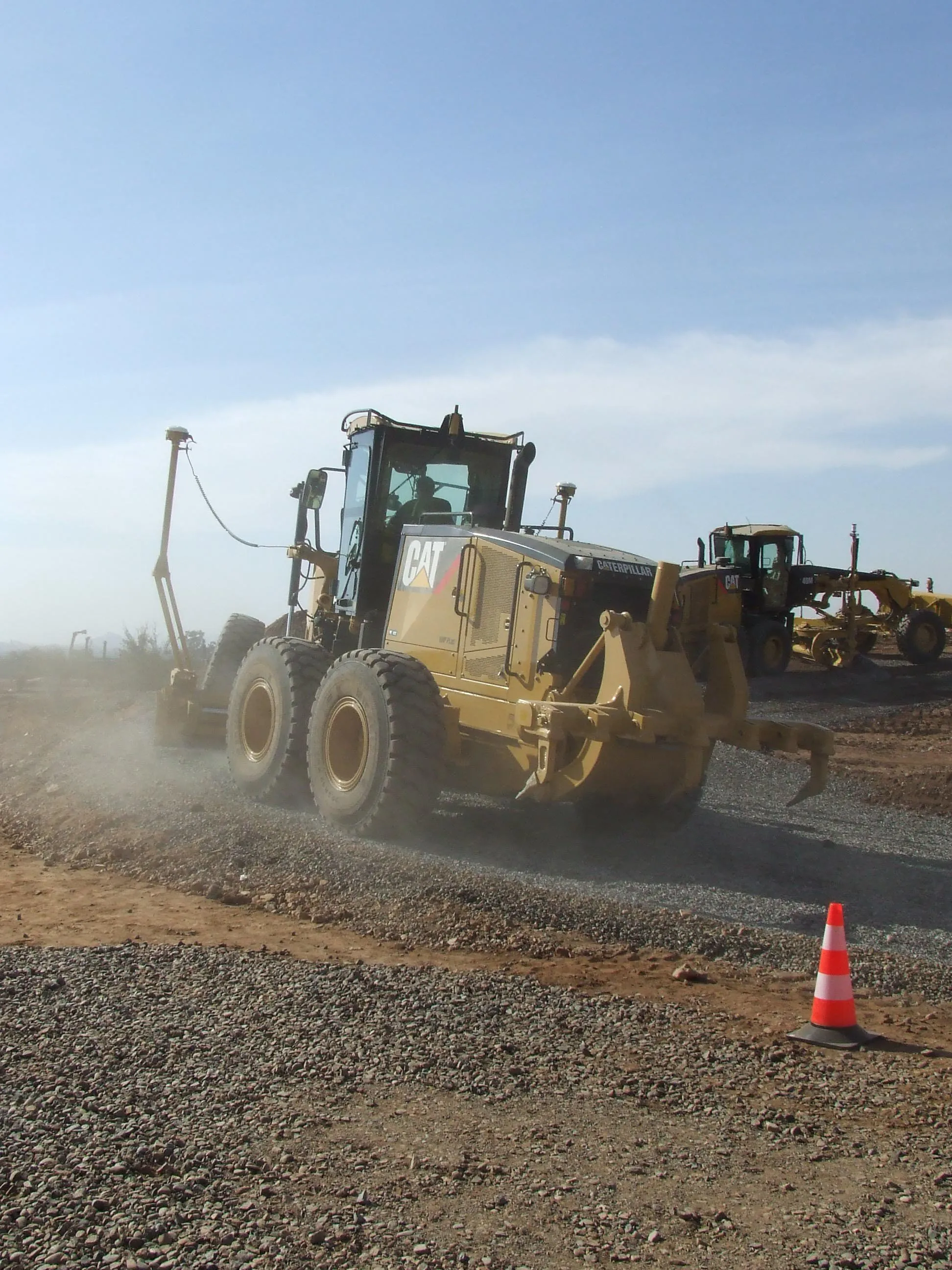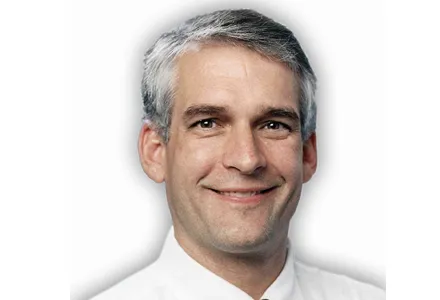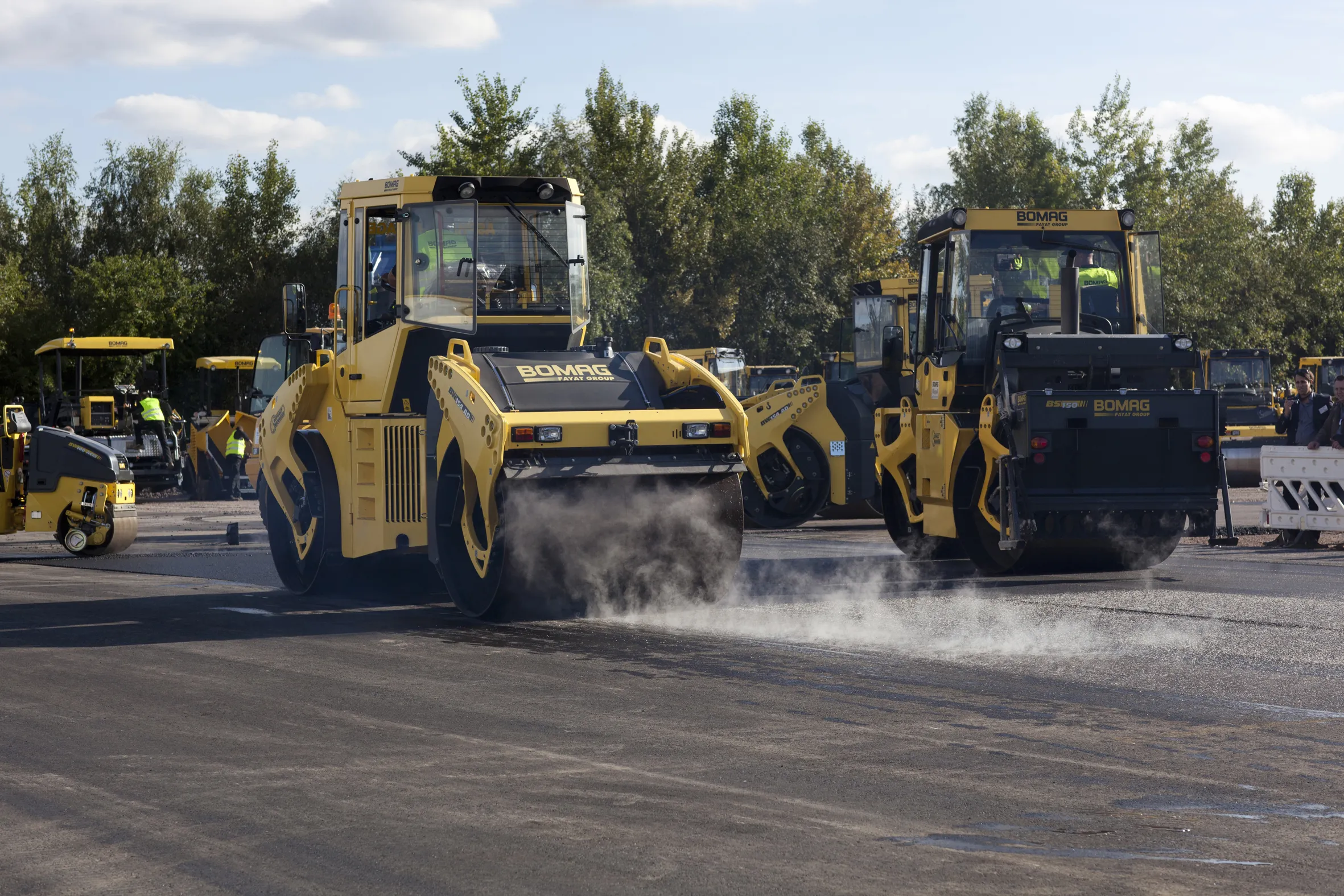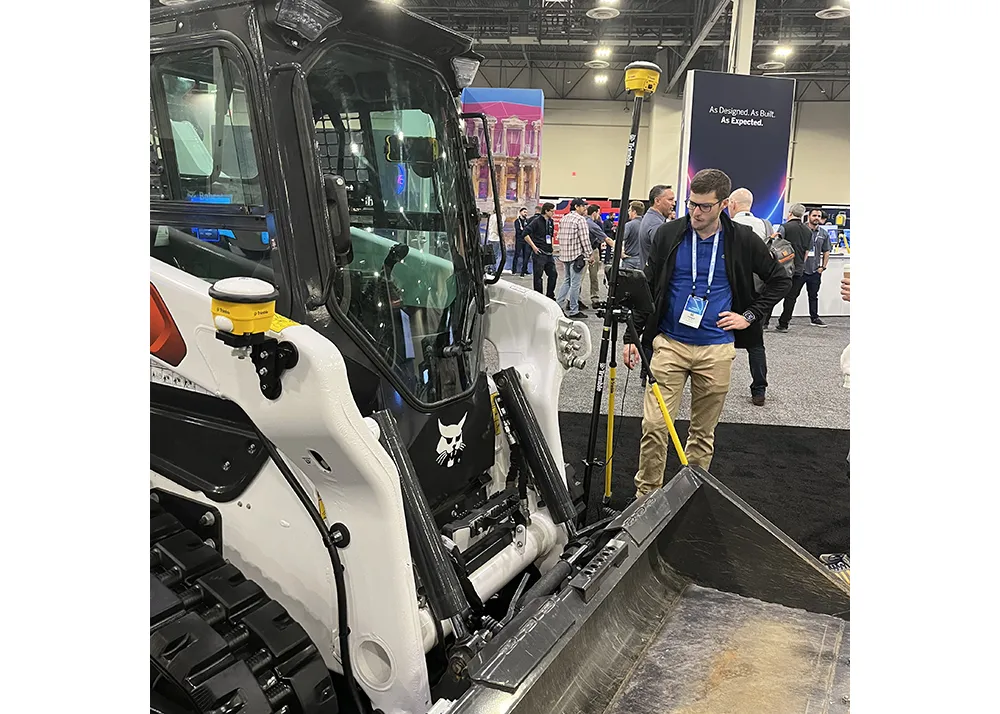Integrating Caterpillar's latest machine guidance and asset management tools offers efficiency gains for contractors in a competitive market. Mike Woof reports Caterpillar has been a leader in the development of GPS machine control systems through its partnership with Trimble. The manufacturer has rolled out a series of AccuGrade packages for various machines in its line-up, starting with the dozers and graders and then spreading to other machines such as scrapers, excavators and soil compactors. Caterpilla
July 16, 2012
Read time: 5 mins

RSS178 Caterpillar has been a leader in the development of GPS machine control systems through its partnership with 2122 Trimble. The manufacturer has rolled out a series of AccuGrade packages for various machines in its line-up, starting with the dozers and graders and then spreading to other machines such as scrapers, excavators and soil compactors. Caterpillar machines can even be fitted with AccuGrade equipment at the factory, which cuts installation costs and time for the customer.
The emphasis on the AccuGrade system is on increasing jobsite efficiency overall, which is intended to reduce costs and increase productivity. Given the tough market conditions at present, this could make a major impact to the bottom line for many hard-pressed contractors. Dave Pinaire is connected worksite global strategic consultant at Caterpillar and said, "In today's conditions it's extremely difficult for our customers to remain competitive."
According to Pinaire, customers are looking for business solutions that will boost jobsite efficiency and productivity, cut equipment operating costs, improve safety, meet site regulations and also help retain experienced workers. The construction industry has challenges that start in the planning and surveying stages such as the availability of surveyors and the cost of this work, which can affect the estimates for materials needed and the bidding prices for a contract. Pinaire said, "Where they are drawing out a project there's an inherent inefficiency in the job-site."
However, providing a 'connected worksite' that integrates hardware and software as well as the associated components will provide major cost benefits according to Pinaire. Caterpillar now offers a range of asset management solutions and Pinaire said, "They want help with asset management and especially the health of the machines."
By using machine control and guidance technologies (such as Caterpillar's AccuGrade packages) along with telematics systems (like Cat's Product Link and EquipmentManager offerings) Pinaire says customers will see major benefits. Using GPS systems such as AccuGrade allow earthmoving to be carried out accurately and with fewer passes than using conventional methods, reducing the time needed to carry out a job, fuel consumption and the need for reworking.
To prove the efficiency of its GPS-controlled machines, Caterpillar carried out a back-to-back trial when building a new road to its proving ground at Malaga in Spain. Two 80m sections of road were built consecutively using the same machines and the same construction crew. This trial showed that using the GPS-guided machines provided a productivity gain of 100% over the machines operating under conventional manual guidance. The savings continued too with the GPS-controlled machines burning 43% less fuel and delivering material savings of 11%, while achieving 98% accuracy compared with just 65% for the conventional methods. The trial was carried out before Caterpillar introduced the AccuGrade intelligent compaction package for its soil compactors and Pinaire commented that had this been available, further gains would have been made. He said, "If we did it today it would be 100% correct."
Using GPS-controlled machines provides savings at many stages of a project, with major cost reductions on surveying work given that placing each stake on a conventional site will cost around US$8. Pinaire said, "You might have 1,000 stakes on a normal site and on a large project you might have six times that number. This represents a major saving."
By adding features to manage assets and monitor machine health such as tracking location and utilisation as well as monitoring service requirements and operating conditions, Caterpillar believes contractors will benefit further.
Joining the Product Link and EquipmentManager asset management tools with the AccuGrade package allows the customer to identify necessary services issues, document what is required, order any necessary parts and set out a schedule to maintain or repair the machine. Pinaire said, "If you add this with scheduled oil sampling you can manage machine maintenance more efficiently."
Overall, using AccuGrade allows the machine operator to become more productive and accurate throughout the working shift, while also reducing fatigue and completing tasks more quickly. Pinaire commented, "We can make an average operator a good operator and we can make a good operator an excellent operator."
There are other benefits too as using an integrated approach to machine management will help reduce the numbers of surveyors, grade checkers and quality assurance personnel on-site at any one time and cut the risk to site workers posed by moving machines as a result. Linking accurate machine guidance tools to asset management systems ensures that machines work in predefined areas, at predefined times and under predefined conditions, reducing the issue of unauthorised usage. A contractor can even set the guidance tools so as to ensure that machines do not operate near danger spots or unauthorised/environmentally-sensitive areas close to a construction site.
And to ensure that future software tools are compatible Caterpillar is one of a number of firms working together to develop data standards, according to Pinaire. Other firms in this partnership include685 Autodesk, 4019 Bentley Systems and Trimble.
RSS
Integrating Caterpillar's latest machine guidance and asset management tools offers efficiency gains for contractors in a competitive market. Mike Woof reports
The emphasis on the AccuGrade system is on increasing jobsite efficiency overall, which is intended to reduce costs and increase productivity. Given the tough market conditions at present, this could make a major impact to the bottom line for many hard-pressed contractors. Dave Pinaire is connected worksite global strategic consultant at Caterpillar and said, "In today's conditions it's extremely difficult for our customers to remain competitive."
According to Pinaire, customers are looking for business solutions that will boost jobsite efficiency and productivity, cut equipment operating costs, improve safety, meet site regulations and also help retain experienced workers. The construction industry has challenges that start in the planning and surveying stages such as the availability of surveyors and the cost of this work, which can affect the estimates for materials needed and the bidding prices for a contract. Pinaire said, "Where they are drawing out a project there's an inherent inefficiency in the job-site."
However, providing a 'connected worksite' that integrates hardware and software as well as the associated components will provide major cost benefits according to Pinaire. Caterpillar now offers a range of asset management solutions and Pinaire said, "They want help with asset management and especially the health of the machines."
By using machine control and guidance technologies (such as Caterpillar's AccuGrade packages) along with telematics systems (like Cat's Product Link and EquipmentManager offerings) Pinaire says customers will see major benefits. Using GPS systems such as AccuGrade allow earthmoving to be carried out accurately and with fewer passes than using conventional methods, reducing the time needed to carry out a job, fuel consumption and the need for reworking.
To prove the efficiency of its GPS-controlled machines, Caterpillar carried out a back-to-back trial when building a new road to its proving ground at Malaga in Spain. Two 80m sections of road were built consecutively using the same machines and the same construction crew. This trial showed that using the GPS-guided machines provided a productivity gain of 100% over the machines operating under conventional manual guidance. The savings continued too with the GPS-controlled machines burning 43% less fuel and delivering material savings of 11%, while achieving 98% accuracy compared with just 65% for the conventional methods. The trial was carried out before Caterpillar introduced the AccuGrade intelligent compaction package for its soil compactors and Pinaire commented that had this been available, further gains would have been made. He said, "If we did it today it would be 100% correct."
Using GPS-controlled machines provides savings at many stages of a project, with major cost reductions on surveying work given that placing each stake on a conventional site will cost around US$8. Pinaire said, "You might have 1,000 stakes on a normal site and on a large project you might have six times that number. This represents a major saving."
By adding features to manage assets and monitor machine health such as tracking location and utilisation as well as monitoring service requirements and operating conditions, Caterpillar believes contractors will benefit further.
Joining the Product Link and EquipmentManager asset management tools with the AccuGrade package allows the customer to identify necessary services issues, document what is required, order any necessary parts and set out a schedule to maintain or repair the machine. Pinaire said, "If you add this with scheduled oil sampling you can manage machine maintenance more efficiently."
Overall, using AccuGrade allows the machine operator to become more productive and accurate throughout the working shift, while also reducing fatigue and completing tasks more quickly. Pinaire commented, "We can make an average operator a good operator and we can make a good operator an excellent operator."
There are other benefits too as using an integrated approach to machine management will help reduce the numbers of surveyors, grade checkers and quality assurance personnel on-site at any one time and cut the risk to site workers posed by moving machines as a result. Linking accurate machine guidance tools to asset management systems ensures that machines work in predefined areas, at predefined times and under predefined conditions, reducing the issue of unauthorised usage. A contractor can even set the guidance tools so as to ensure that machines do not operate near danger spots or unauthorised/environmentally-sensitive areas close to a construction site.
And to ensure that future software tools are compatible Caterpillar is one of a number of firms working together to develop data standards, according to Pinaire. Other firms in this partnership include
RSS









